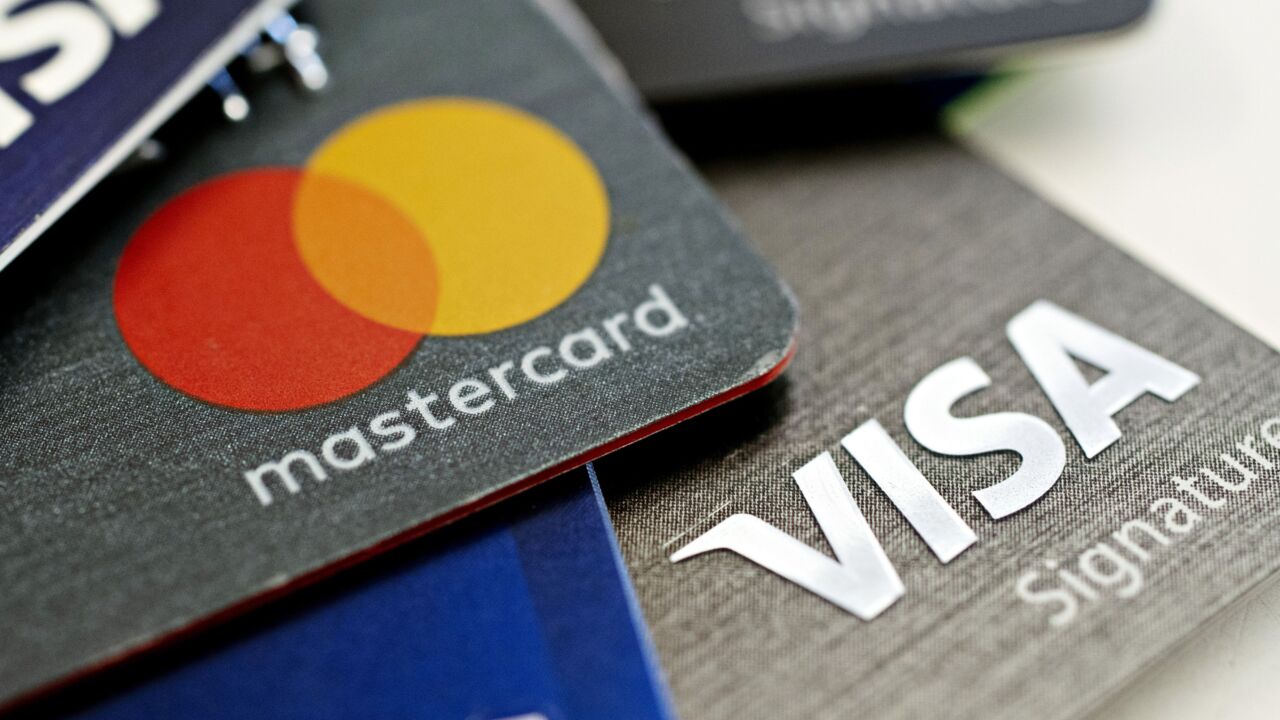An obscure-sounding statistic gives a fresh look at how dramatic the move to digital finance has been the past few months — and how permanent the move will be.
The stat is “payment initiation service,” or digital payments that use open banking systems. It’s growing dramatically, well enough to give hope to developers of an open banking "buy button" for donation payments in the U.K.
In the U.K., payment initiation services grew from 385,000 in January to 1.8 million in April, according to Open Banking U.K., a fintech association that tracks APIs and other open computing tools that connect banks to fintechs.
“In the U.K., open banking is really maturing and becoming a common payment method. There are real use cases that are accelerating,” said Nick Raper, head of Nuapay in the U.K. Nuapay offers an FCA-regulated open banking rail, or an API that makes it easier for consumers to tie bank accounts to digital activities — in this specific case a collaboration between Nuapay and Felloh, a U.K.-based social enterprise, to handle donations.
Nuapay and Felloh expect a decline in payment initiation services from the category's spring peak, but are relying on figures to stay high in the long-term, as the firms attempt to tie donations to general retail payments.
Felloh and Nuapay are charging 25p for a donation payment, contending that avoiding card-based payment processing through open banking allows for the lower rate. Most donation sites in the U.K. charge about £1.25 per donation, according to a guide to charitable giving in
“The primary way to reduce the cost of managing donations is to reduce the cost of making the payment,” said Will Bicknell, founder of Felloh.

The integration launched last week, and its early adopters include
Nuapay and Felloh’s level of success will give an early look at how PSD2-influenced open banking works when applied to an emerging need such as improving fundraising.
The coronavirus has shut business, but also many sources of donations. It’s still early, but a look at the 2008 downturn shows how economic weakness hurts donations. In 2008, charitable giving fell 7%, and in 2009 there was a decline of 6.2%, according to
That means fundraising has to find ways to cut expenses while courting funds, creating a need for alternative payment methods and new financial models such as open banking.
In-app buy buttons have also gained popularity for donations.
Felloh focuses on charity donations, but its buy buttons are also usable at merchants through the Nuapay link. That’s important to build broader usage among consumers who may want to make a donation as part of their online shopping.
In beta testing, Felloh reported more than 96% said they would use its buy button for online purchases, which Bicknell said suggests comfort with using the technology.
“To take the costs of donating we needed to have a way to access open banking expertise,” Bicknell said.





